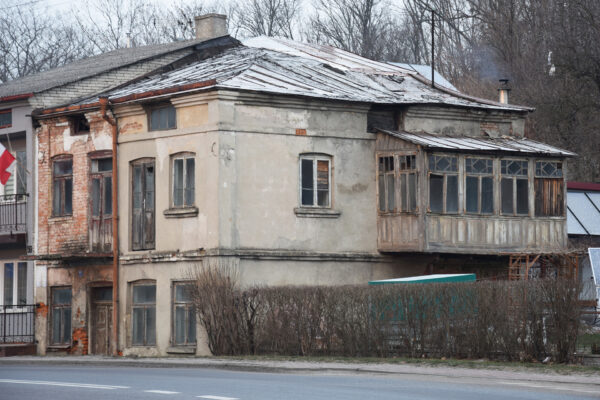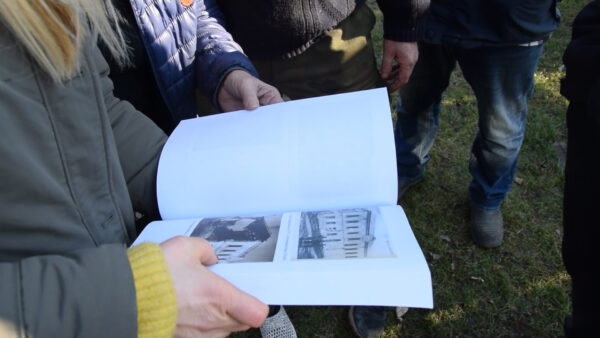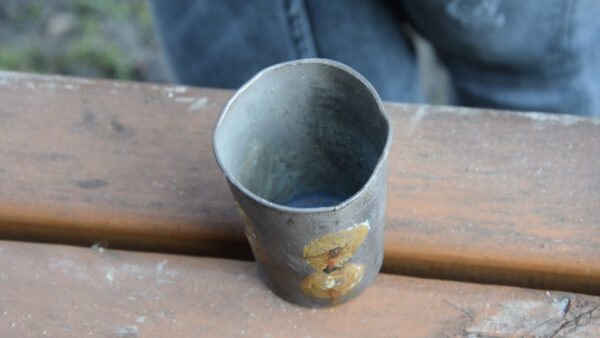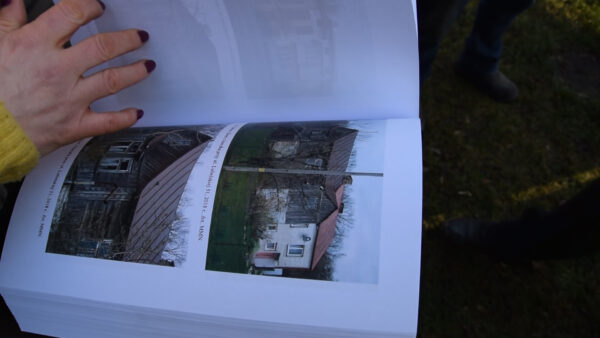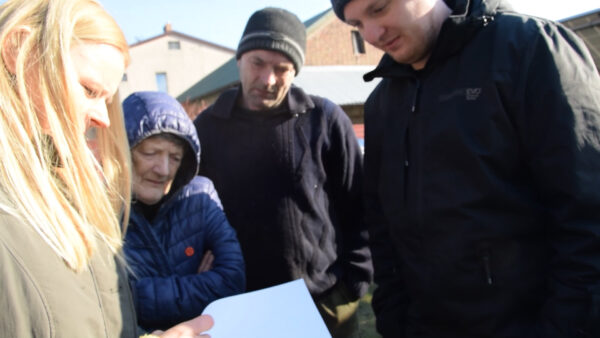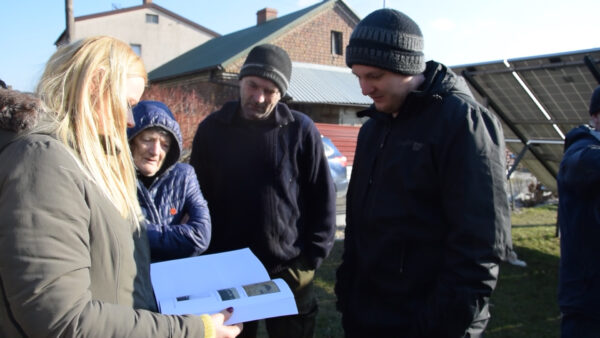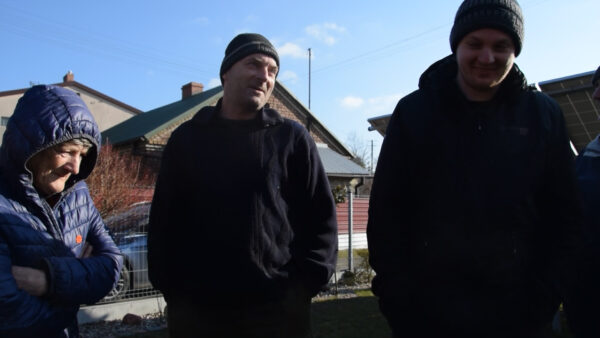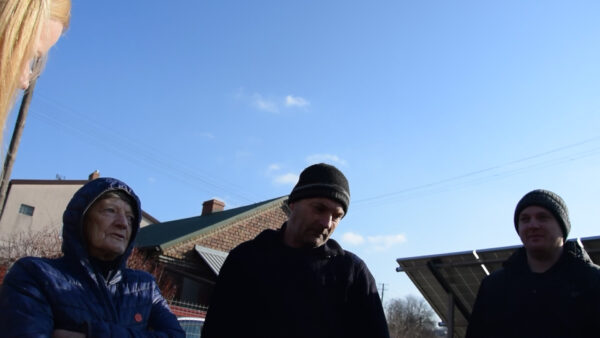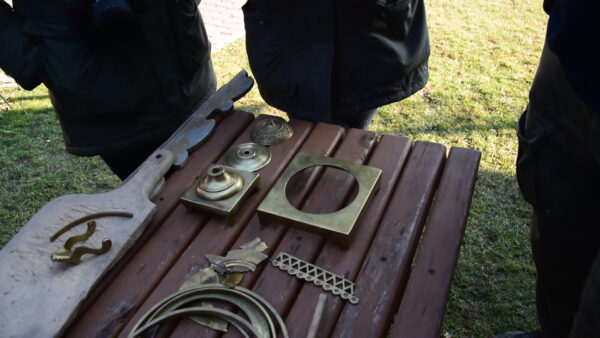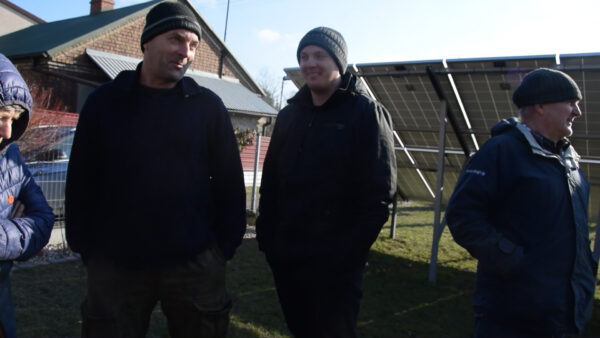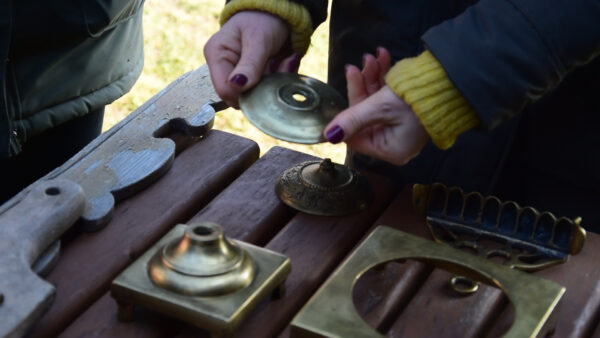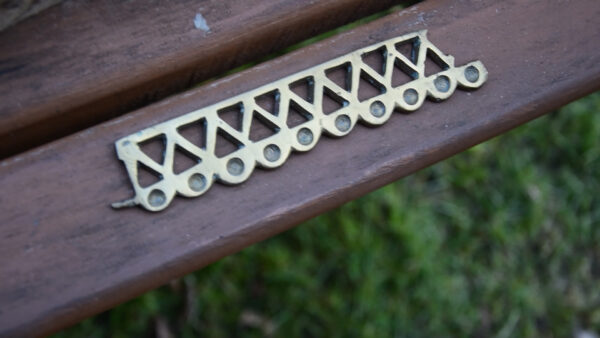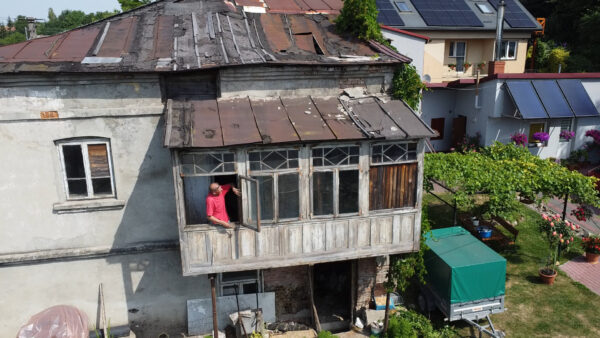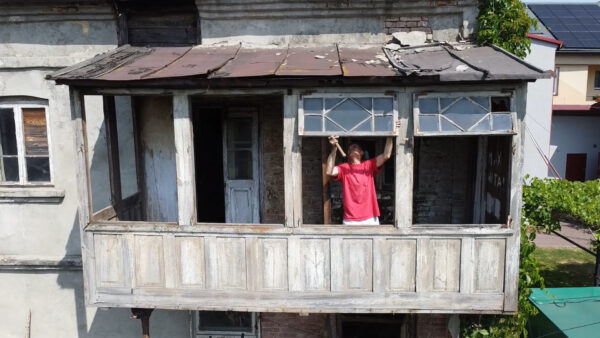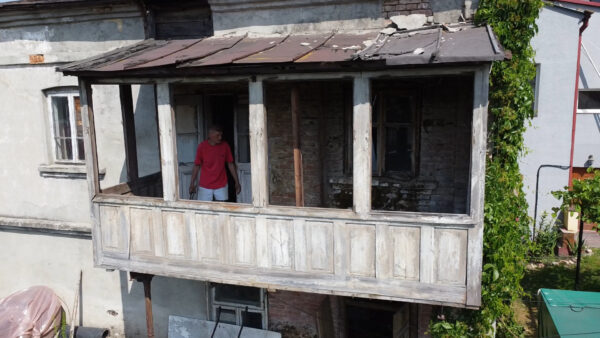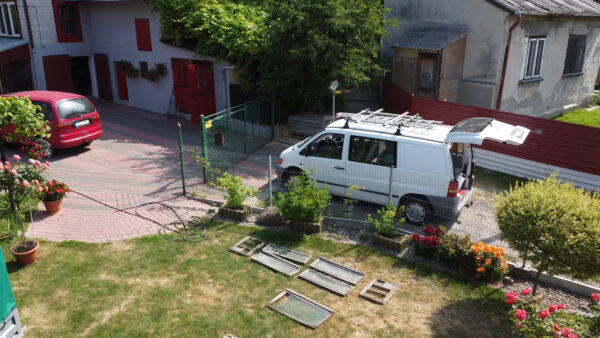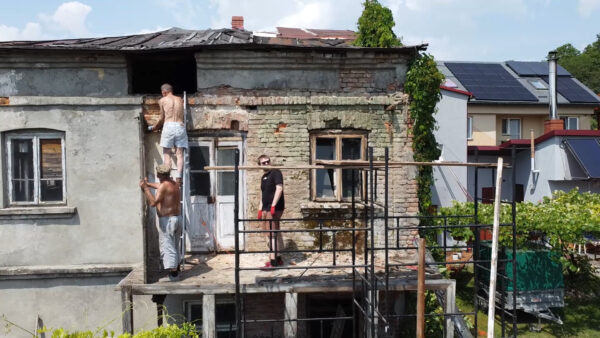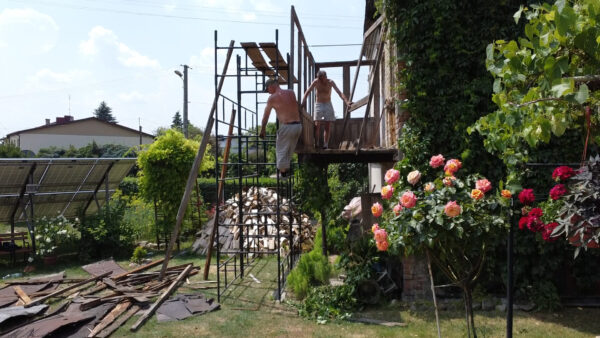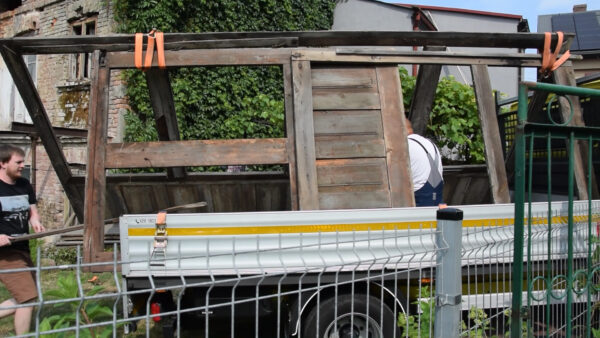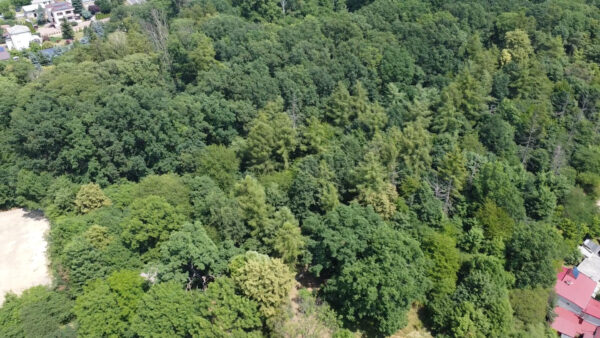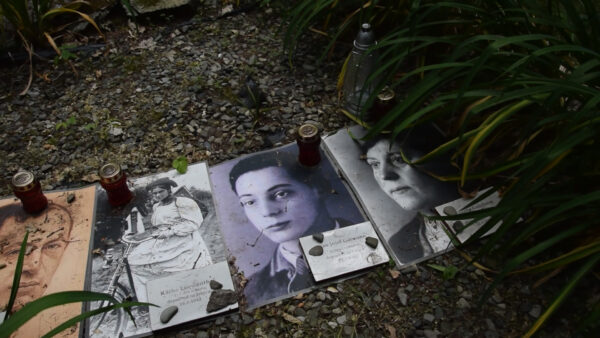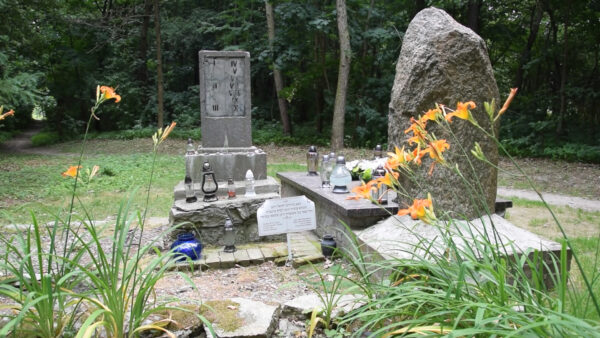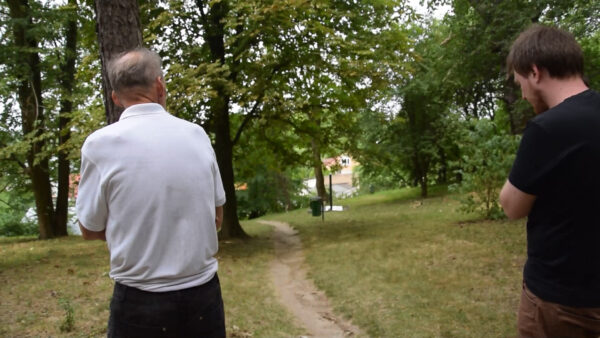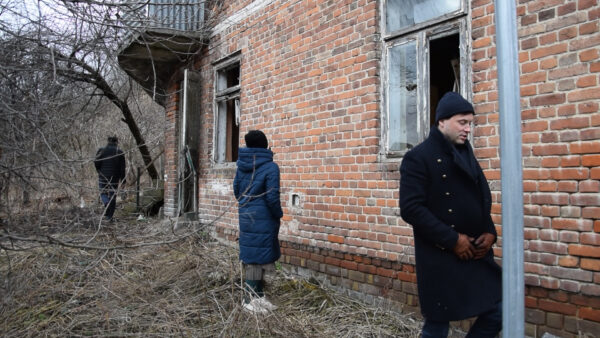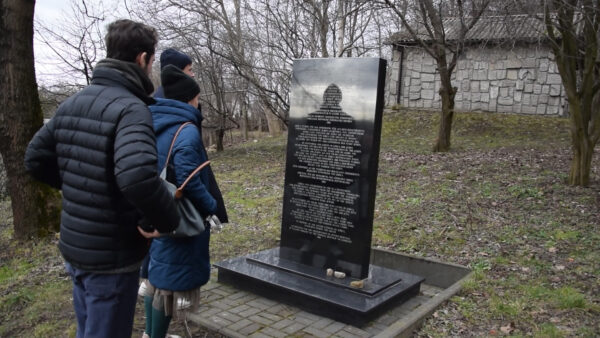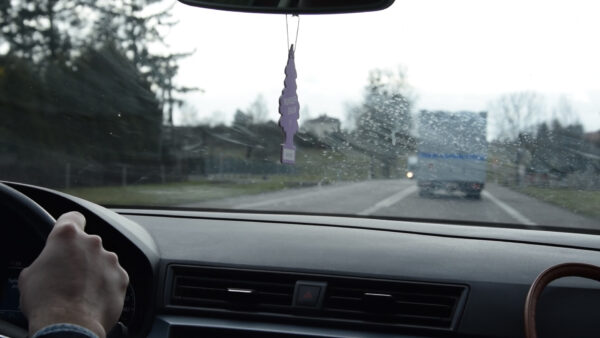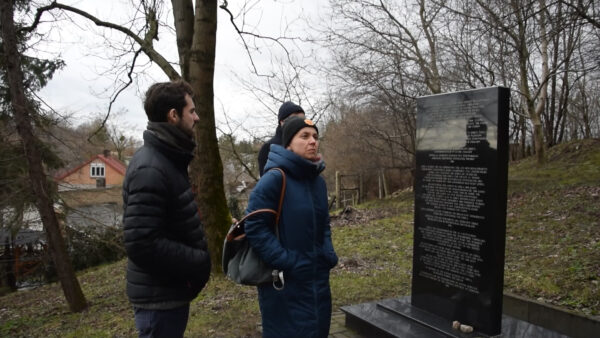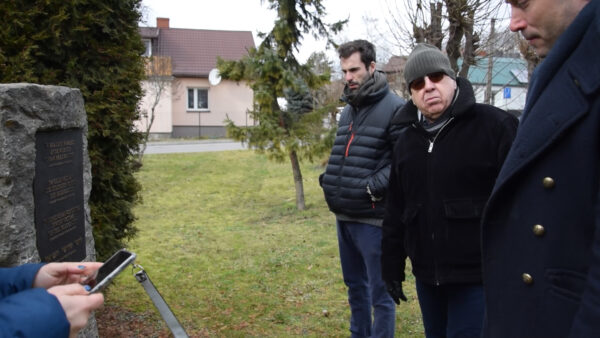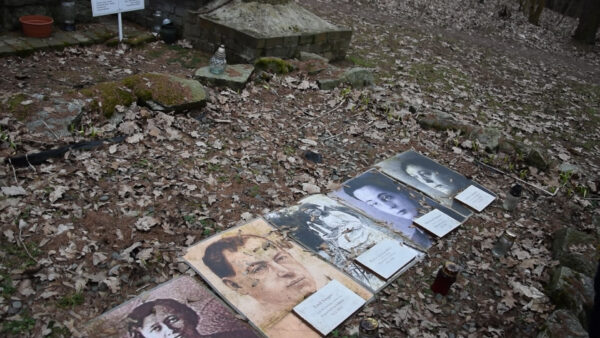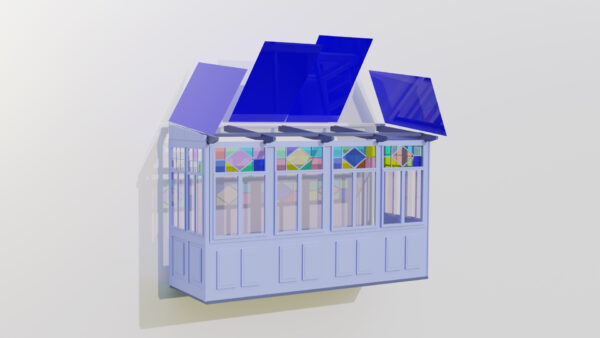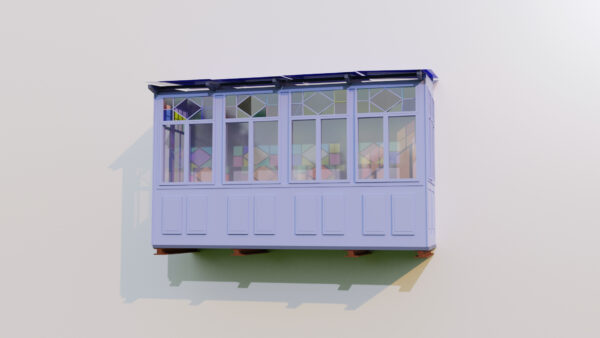Sukkah Project
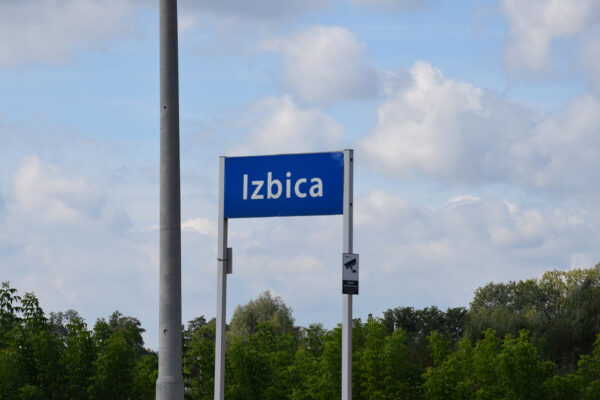
In Judaic tradition, a sukkah is a type of temporary hut used to celebrate the holiday of Sukkot, commemorating the Israelites’ sojourn in the desert. In the cold, Eastern European climate, sukkahs were often replaced by more durable wooden balconies. A typical feature of a wooden pre-war Jewish sukkah is the roof, which is opened every year on the occasion of the Sukkot holiday (according to Judaic law, the celebration should take place partly under the open sky). Izbica is located in Lubelskie province. Before World War II it was a town where more than 80% of the population was Jewish. During the war it became a transit ghetto – the Nazis drove Jews from all over Europe here, partly executing them at the local cemetery and mostly deporting them to the Sobibor and Belzec death camps. After the war, Izbica was settled by Poles.
Jewish architecture is gradually becoming a thing of the past especially in small towns. This is also happening in Izbica. One of the last two sukkahs was slated for demolition. With the help of volunteers, it was possible to deconstruct the object and save it from destruction.
As part of the project, the sukkah will undergo restoration and return to Izbica as a performative monument, and its opening roof will be a form of performative remembrance of the Jews who lived in the town. The project takes the form of a long-term process involving various groups, including residents – adults and children from the local school, the town administration, researchers, artists and activists.
Photographic documentation shows the ongoing process of transforming the sukkah into a performative monument. As an object not on the official list of monuments, its significance is not obvious in light of historic preservation. The process of working on the project therefore consists largely of negotiating its historical and cultural value. The stages of the process so far include: discussions with the owners of the object, a meeting with researcher Małgorzata Michalska Nakonieczna, deconstruction of the sukkah object from a building slated for demolition, and a meeting with the mayor of Izbica. The entire process is being carried out in cooperation with the Forgotten Foundation (Agnieszka Nieradko, Aleksandra Janus) and the Formy Wspólne Foundation (Piotr Michalewicz, Łukasz Mieszkowski) and runs from 2022.
